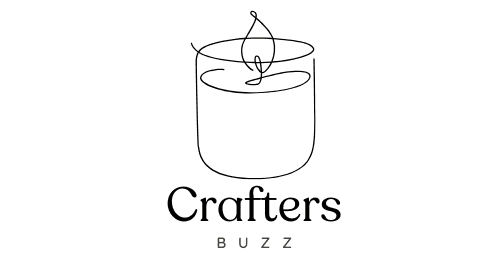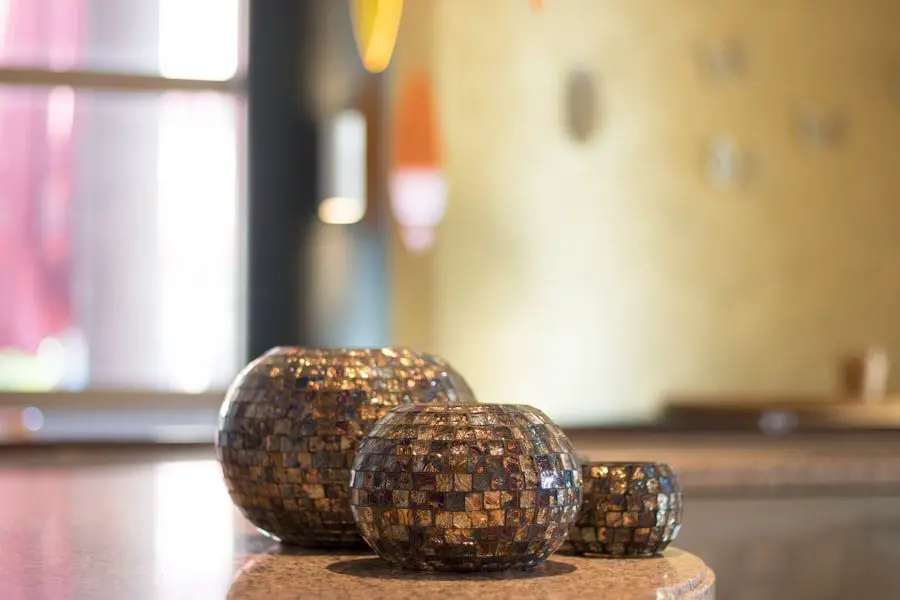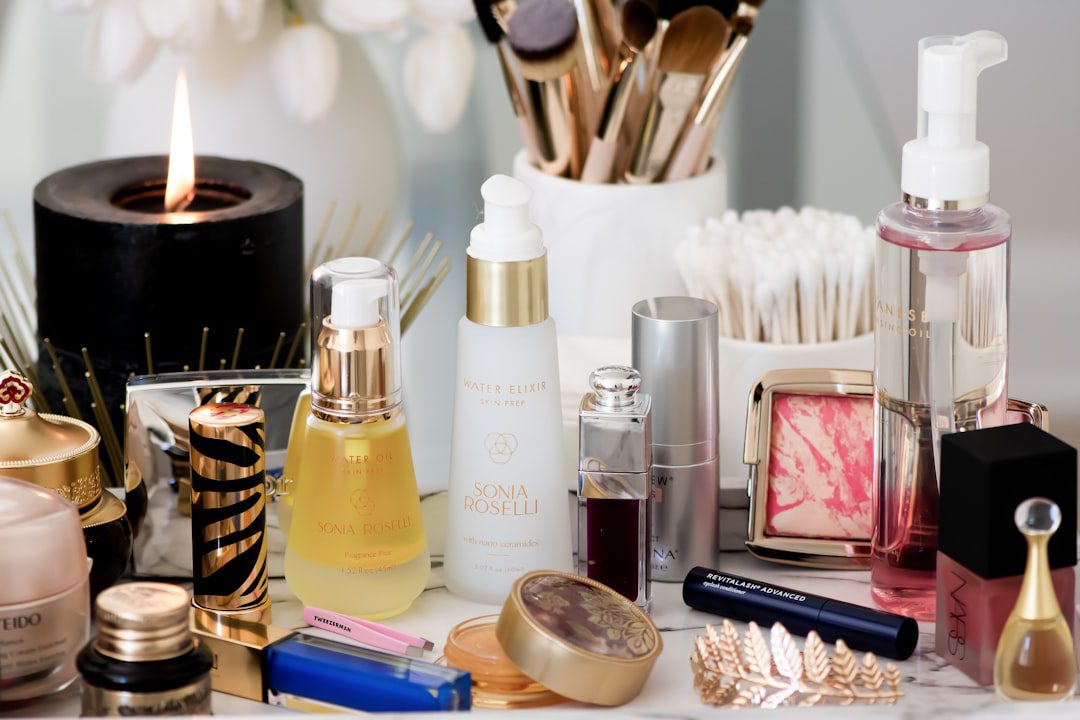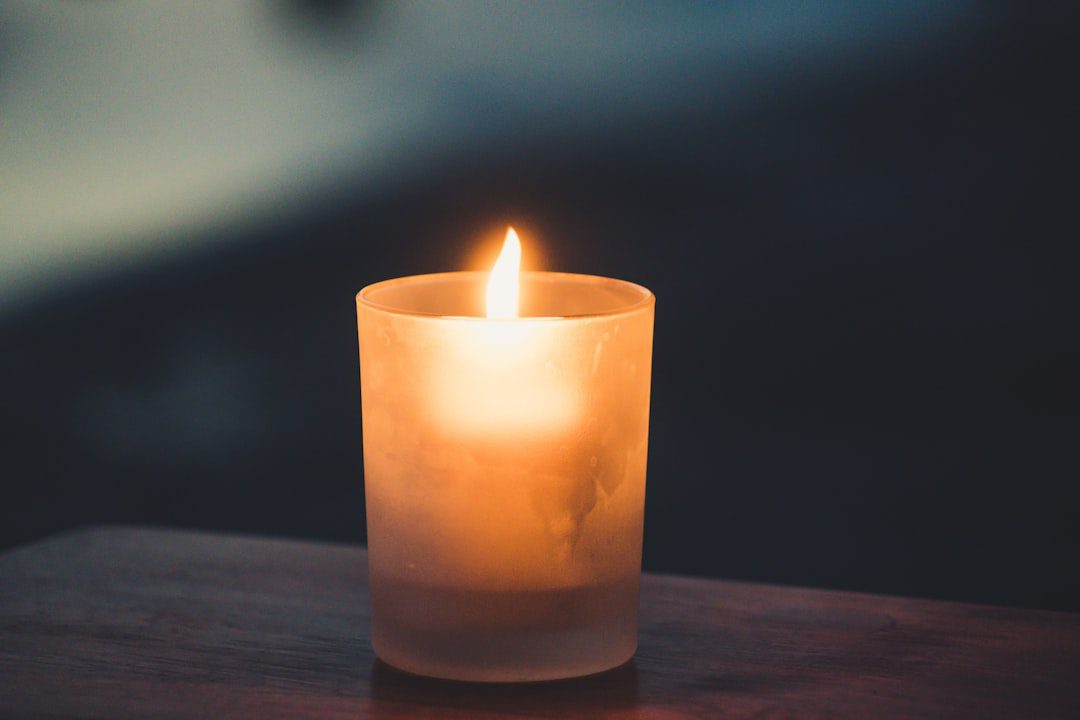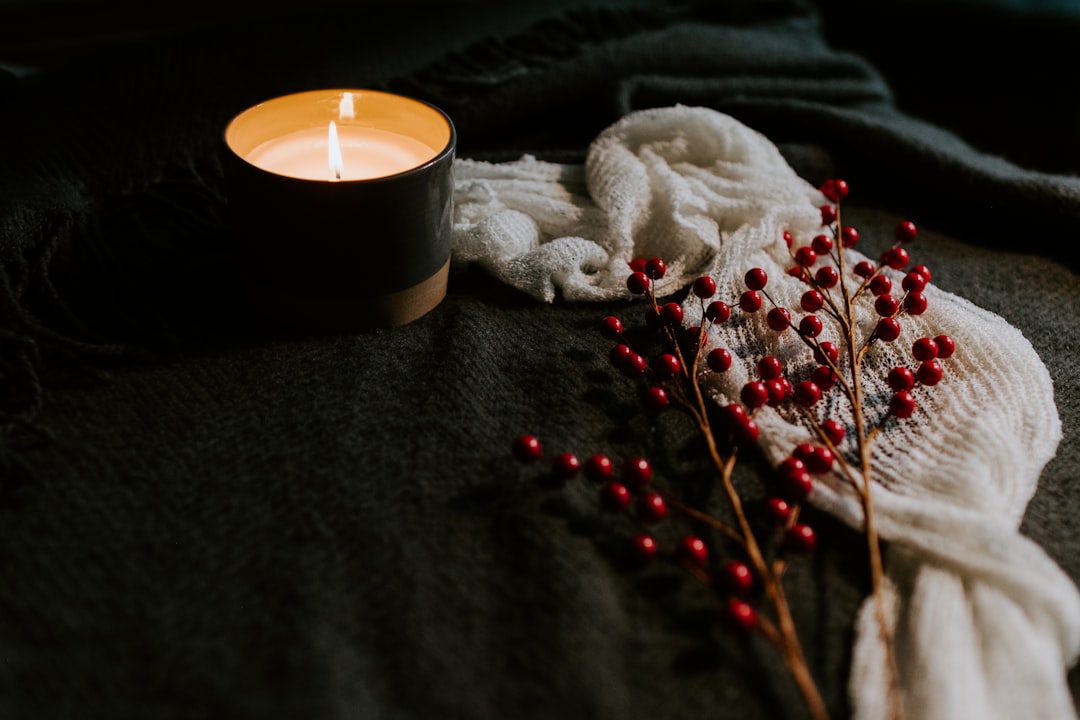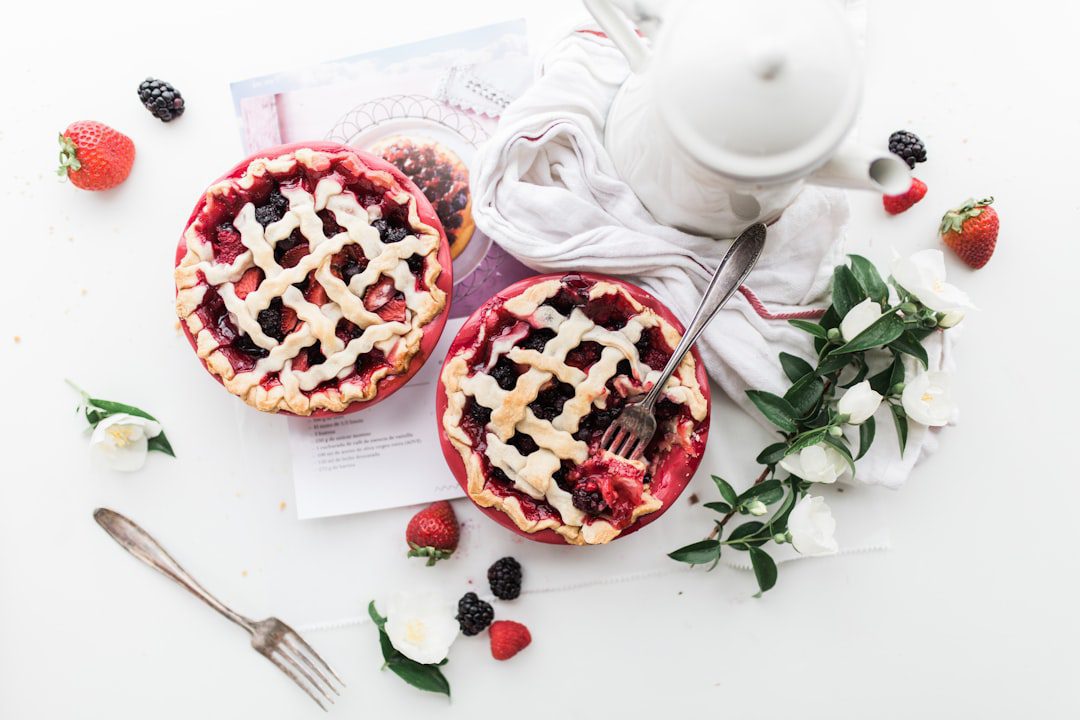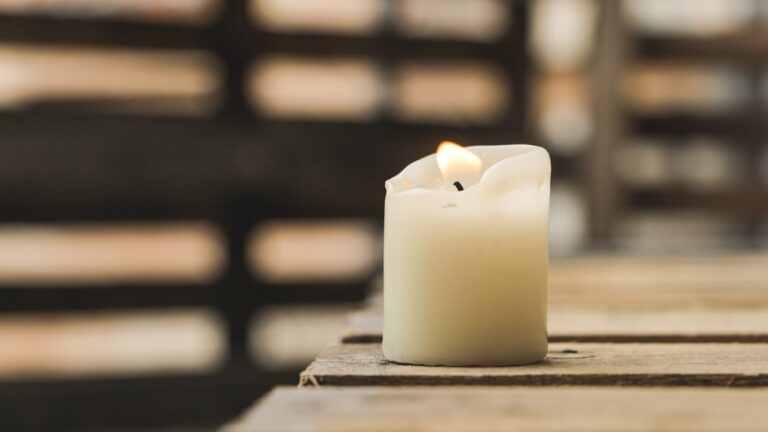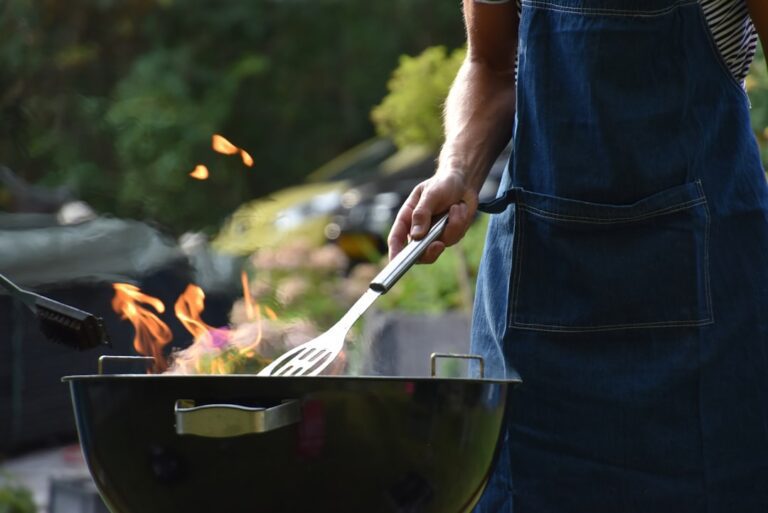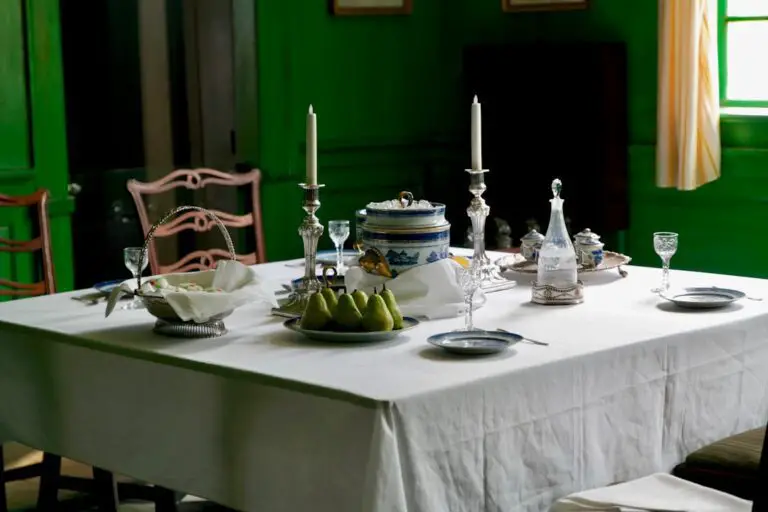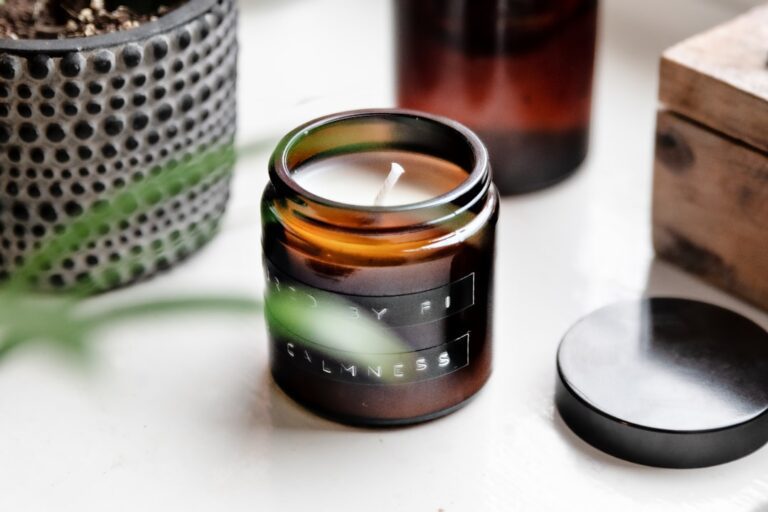The trend toward more complex, high-end fragrances in candles.
In recent years, the luxury candle market has experienced a remarkable surge, transforming from a niche segment into a mainstream phenomenon. This rise can be attributed to a growing consumer desire for home decor that transcends mere aesthetics, seeking instead to create an immersive sensory experience. Luxury candles are no longer just about providing light; they have evolved into essential elements of interior design, often serving as focal points in living spaces.
Brands like Diptyque, Jo Malone, and Le Labo have capitalized on this trend, offering candles that not only illuminate but also envelop spaces in captivating fragrances that evoke emotions and memories. The appeal of luxury candle fragrances lies in their ability to enhance the ambiance of a room, creating a sanctuary of comfort and relaxation. As consumers increasingly prioritize self-care and wellness, the ritual of lighting a candle has become synonymous with creating a tranquil environment.
This shift in consumer behavior has led to an explosion of brands entering the luxury candle market, each vying to offer unique scents that resonate with individual lifestyles. The rise of social media platforms has further fueled this trend, as visually appealing candle displays and scent descriptions are shared widely, inspiring consumers to invest in high-quality fragrances that elevate their home experience.
The Art of Scent Creation in Candles
Creating a captivating scent for candles is an intricate art form that requires a deep understanding of fragrance composition and the olfactory senses. Candle makers often begin with a base of wax, which can be paraffin, soy, or beeswax, and then blend essential oils and fragrance oils to achieve the desired aroma. The process involves careful consideration of top, middle, and base notes—elements that work together to create a harmonious scent profile.
Top notes are the initial scents perceived upon lighting the candle, while middle notes form the heart of the fragrance, and base notes provide depth and longevity. The complexity of scent creation is further enhanced by the need to ensure that fragrances perform well when burned. This involves testing various combinations to achieve a balance that allows the scent to diffuse evenly throughout a space without becoming overpowering.
Candle makers often draw inspiration from nature, personal experiences, or even art to craft unique fragrances that tell a story. For instance, a candle inspired by a coastal retreat might combine notes of sea salt, driftwood, and citrus to evoke the essence of a sun-soaked beach day. This artistic approach not only elevates the sensory experience but also connects consumers to the emotions and memories associated with specific scents.
The Influence of High-End Perfumery in Candle Making
The intersection of high-end perfumery and candle making has led to an evolution in how fragrances are crafted for candles. Many luxury candle brands employ perfumers who have honed their skills in the world of fine fragrance, bringing a level of sophistication and complexity previously unseen in candle scents. This collaboration has resulted in candles that mirror the intricacies of high-end perfumes, featuring layered compositions that unfold over time as they burn.
For example, brands like Byredo and Maison Margiela have successfully translated their signature perfume scents into candle form, allowing consumers to enjoy the same luxurious aromas in their homes. This trend has not only elevated the status of candles but has also blurred the lines between personal fragrance and home fragrance. Consumers are increasingly drawn to candles that reflect their personal style and preferences, seeking out scents that resonate with their identity.
The influence of high-end perfumery has thus transformed candles into an extension of personal expression, where the choice of fragrance becomes a statement about one’s taste and lifestyle.
The Role of Natural and Exotic Ingredients in Candle Fragrances
The use of natural and exotic ingredients in candle fragrances has gained significant traction as consumers become more conscious of the materials used in products they purchase. Natural ingredients such as essential oils derived from plants, flowers, and herbs are increasingly favored for their authenticity and perceived health benefits. These ingredients not only provide rich and complex scents but also align with the growing demand for sustainable and eco-friendly products.
Exotic ingredients, such as rare woods, spices, and resins, add an element of luxury and intrigue to candle fragrances. For instance, oud—a highly sought-after resin from agarwood—has become a popular note in luxury candles due to its deep, woody aroma that evokes opulence. Similarly, fragrances featuring notes like saffron or ylang-ylang transport consumers to far-off lands through their unique olfactory profiles.
The incorporation of these natural and exotic elements not only enhances the sensory experience but also tells a story about the origins of the ingredients, appealing to consumers’ desire for authenticity and connection to nature.
The Impact of Complex Fragrance Combinations on Candle Market
The trend towards complex fragrance combinations has significantly impacted the luxury candle market by encouraging brands to innovate and differentiate themselves in a crowded space. Consumers are increasingly seeking out candles that offer multi-dimensional scents rather than single-note fragrances. This shift has prompted candle makers to experiment with unconventional pairings and layering techniques that create unique olfactory experiences.
For example, a candle might combine unexpected notes such as fig and black pepper or lavender and tobacco to create a scent profile that is both intriguing and sophisticated. These complex combinations not only captivate consumers but also invite them to explore new scent territories that challenge traditional notions of fragrance. As a result, brands that embrace this complexity often find themselves at the forefront of consumer interest, attracting those who appreciate artistry in scent creation.
Moreover, the impact of complex fragrance combinations extends beyond individual products; it influences broader market trends as well. As consumers become more discerning about their choices, they gravitate towards brands that prioritize quality over quantity. This shift has led to an increase in artisanal candle makers who focus on small-batch production and meticulous craftsmanship, further enriching the luxury candle landscape.
The Growing Demand for Premium Candle Fragrances
The demand for premium candle fragrances has surged as consumers increasingly view candles as essential lifestyle products rather than mere decorative items. This shift is driven by several factors, including heightened awareness of mental well-being and the importance of creating inviting home environments. Candles are now seen as tools for enhancing mood and promoting relaxation, leading consumers to invest in higher-quality options that deliver exceptional scent experiences.
Additionally, the rise of e-commerce has made it easier for consumers to access premium candle brands from around the world. Online platforms allow for greater exploration of diverse offerings, enabling consumers to discover unique scents that resonate with their personal preferences. As a result, brands are responding by expanding their product lines to include limited-edition releases or collaborations with renowned perfumers, further enticing consumers who seek exclusivity in their purchases.
The growing demand for premium fragrances is also reflected in consumer willingness to pay a premium price for quality products. Many consumers now prioritize craftsmanship and ingredient sourcing over affordability, leading them to choose candles that align with their values regarding sustainability and ethical production practices. This trend underscores a broader cultural shift towards mindful consumption, where individuals seek out products that enhance their lives while supporting responsible practices.
The Artisanal Approach to Crafting High-End Candle Scents
The artisanal approach to crafting high-end candle scents emphasizes small-batch production methods that prioritize quality over quantity. Artisanal candle makers often take great care in selecting their ingredients, opting for natural waxes and high-quality fragrance oils sourced from reputable suppliers. This meticulous attention to detail ensures that each candle is not only beautifully crafted but also delivers an exceptional scent experience.
In addition to ingredient selection, artisanal candle makers often employ traditional techniques passed down through generations. These methods may include hand-pouring wax into containers or using unique molds that reflect the brand’s aesthetic vision. The result is a product that embodies craftsmanship and artistry—qualities that resonate deeply with consumers seeking authenticity in their purchases.
Furthermore, many artisanal brands focus on storytelling as part of their marketing strategy. Each candle may be inspired by a specific place or memory, allowing consumers to connect emotionally with the product. For instance, a candle inspired by a summer garden might feature notes of blooming jasmine and fresh-cut grass, evoking nostalgia for carefree days spent outdoors.
This narrative-driven approach not only enhances the consumer experience but also fosters brand loyalty among those who appreciate the artistry behind each creation.
The Future of Luxury Candle Fragrances
As we look ahead, the future of luxury candle fragrances appears bright and full of potential for innovation and growth. With an increasing number of consumers prioritizing sensory experiences within their homes, brands will continue to explore new avenues for scent creation and product development. The integration of technology into fragrance design—such as using artificial intelligence to analyze scent preferences—could revolutionize how candles are crafted and marketed.
Moreover, sustainability will likely remain at the forefront of consumer concerns as awareness about environmental issues continues to rise. Brands that prioritize eco-friendly practices—such as using renewable resources for wax production or implementing sustainable packaging solutions—will likely gain favor among discerning consumers who value ethical consumption. Additionally, collaborations between luxury candle brands and renowned artists or designers may become more prevalent as companies seek to create unique limited-edition offerings that stand out in an increasingly competitive market.
These partnerships can infuse fresh perspectives into scent creation while appealing to collectors who appreciate exclusivity. In conclusion, the luxury candle market is poised for continued evolution as it adapts to changing consumer preferences and societal trends. With an emphasis on artistry, sustainability, and sensory experiences, luxury candles will undoubtedly remain cherished elements within homes around the world for years to come.
The trend toward more complex, high-end fragrances in candles is a fascinating development in the world of candle making. For those interested in creating their own unique scents, this article on how to make candle oil fragrance provides valuable tips and techniques. Understanding the cultural significance of candles and their evolution from a source of light to a decorative element is also important, as discussed in this insightful article. Additionally, for those looking to keep bugs at bay during the summer months, DIY citronella candles are a great option.
FAQs
What is the trend toward more complex, high-end fragrances in candles?
The trend toward more complex, high-end fragrances in candles refers to the increasing demand for candles with sophisticated and luxurious scents, often inspired by high-end perfumes and colognes.
Why are consumers seeking more complex fragrances in candles?
Consumers are seeking more complex fragrances in candles as they look for unique and luxurious scents to enhance their living spaces and create a more upscale ambiance.
What are some examples of high-end fragrances in candles?
Examples of high-end fragrances in candles include scents such as oud, leather, tobacco, and exotic florals, as well as complex blends of spices, woods, and resins.
How are candle manufacturers responding to the trend toward more complex fragrances?
Candle manufacturers are responding to the trend by developing and offering a wider range of complex and high-end fragrances, often using premium ingredients and innovative scent combinations.
Are there any considerations to keep in mind when using complex fragrances in candles?
When using complex fragrances in candles, it’s important to consider factors such as the quality of the fragrance oils, the compatibility of the scents with the candle wax, and the potential for scent throw and performance.
